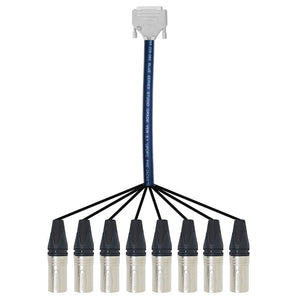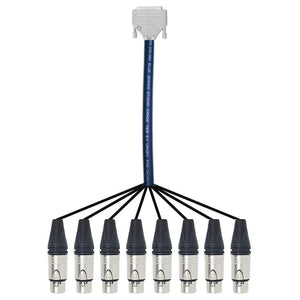The Rupert Neve Designs 5254 is a dual-channel diode-bridge compressor inspired by the classic 2254 compressor developed by Rupert Neve Designs in the 1970s.
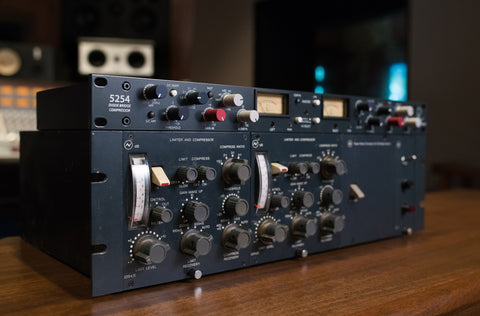
The Rupert Neve Designs 5254 delivers the punch and glue of Rupert Neve’s original designs with modern appointments such as high-voltage power rails, lower noise, advanced timing settings and built-in parallel processing. All the controls are also fully stepped, ensuring precise settings and easy recall.
Diode Bridge Compression
The 5254 specifically provides various colours to impart unique personality and character to your tracks. This diode bridge compressor will impart weighty, harmonically rich tonality that will effortlessly bring vocals, electric guitars, bass and drums to the forefront of a mix.
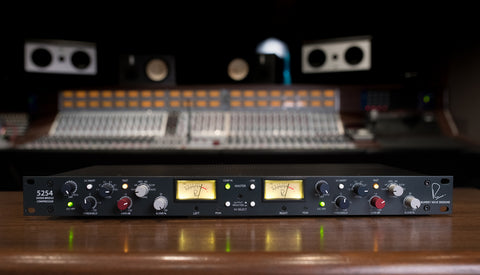
Based on the circuit found on the acclaimed Shelford Channel, the Dual Diode-Bridge Compressor greatly improves on old vintage units without sacrificing the tone. Starting with a substantially lower noise floor,
Further upgrades include a full-wave side-chain detection which delivers improved dynamic response and an increased range for threshold and ratio controls. All these modern appointments ensure the 5254 can reliably be used as a mixing or mastering compressor.
Improved timing constants
The 5254 replaces traditional attack and release times with a unified Timing control with six selectable settings ranging from Fast to Slow and Auto. In the first two modes, Fast and MF, the compressor will achieve better control of transients clamping down on percussive instruments and fast vocals. The next two settings Med and MS (Medium Slow), will provide a smoother compression letting through the original transients. The last two settings, Slow and Auto provide the smoothest of compression thanks to their use of complex non-linear release times, offering much more transparent operation.

The reason for these time constants rather than separate attack and release control lies in the fact that time constants in diode bridge compression vary slightly depending on different controls, such as ratio, threshold, and source material. These dynamic shifts are at the heart of the personality of the Diode Bridge Compressor.
A Fast mode also increases the speed of each of the six settings providing faster attack and release for each mode, doubling the number of time constants from six to twelve and providing additional tones.
The fastest settings will, by nature, impart far more colouration due to the inherent harmonic content generated by higher peak-to-peak control voltage ripple. Slower settings, however, will provide reduced harmonic content and more transparent sound.
Parallel Compression

The 5254 includes a built-in parallel compression circuit with a simple Blend control. It is particularly useful in such a coloured compression as it is possible to inject smaller amounts of extreme compression to enhance the original signal with additional colour without sacrificing the natural aspect of the original source and keep its dynamic range.
Complete Control
The 5254 offers complete control over the original audio signal, offering the possibilities to affect, ratio, threshold, gain, side-chain insert, side-chain high-pass filter and the ability to link both channels.
The Ratio control includes six positions ranging from a subtle 1.5:1 to 8:1 (including 2:1, 3:1, 4:1 and 6:1). The Threshold uses a 31-step control with a threshold level ranging from -25dBu up to +20dBu, while the Gain control adds make-up output gain between -6dB up to +20dB.
The 5254 includes a variable Side-Chain HPF (S/C HPF) with a 12dB/octave and a frequency range between 20Hz and 250Hz, ensuring the compressor doesn’t respond unnecessarily to the powerful energy produced by low frequencies and lose energy. A Side-chain insert allows the user to send the signal to external processing to sculpt the signal before the compression further. This can be used to duck the compressor to an external source or to send the signal to an EQ for further fine-tuning of the compression response.

A Link switch connects the source voltage to both channels so that if a channel is triggered, both channels react equally. This is particularly useful to maintain a coherent stereo image throughout. In unlinked mode, one channel could be over-affected by a source, ducking the entire channel while the other remains unchanged, creating an unwanted imbalance.


 +44 20 8445 2446
+44 20 8445 2446





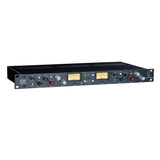
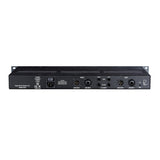


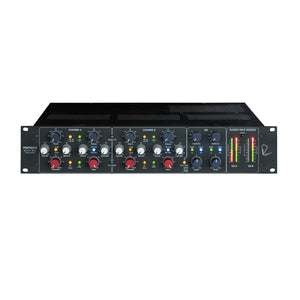
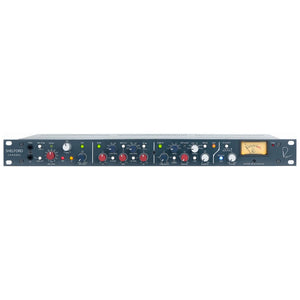
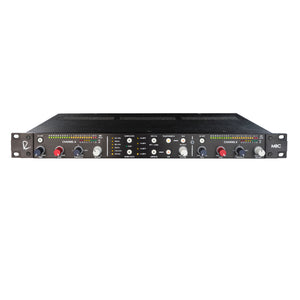

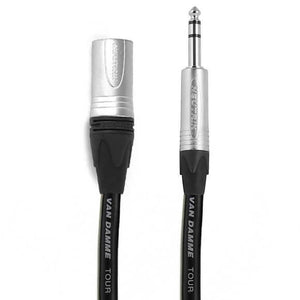
![Redco TT/DB25 96pt Bantam Patch Bay [R196-D25PG]](http://kmraudio.com/cdn/shop/products/redco-r196-d25pg-pst96d25p-kmraudio_300x300_crop_center.progressive.jpg?v=1680171862)
